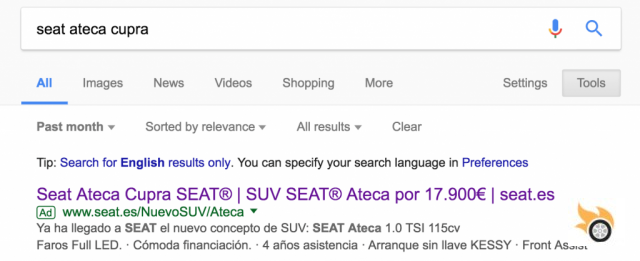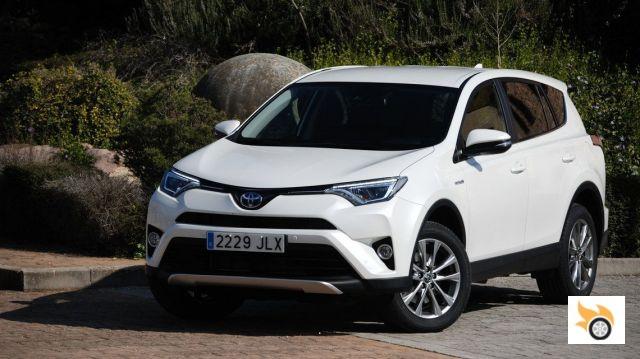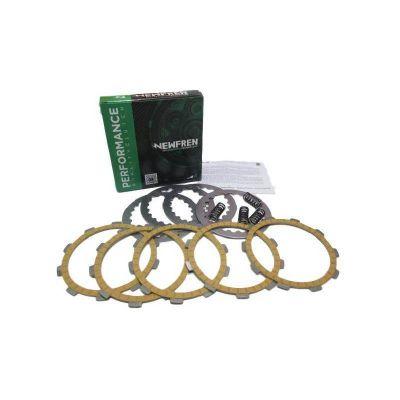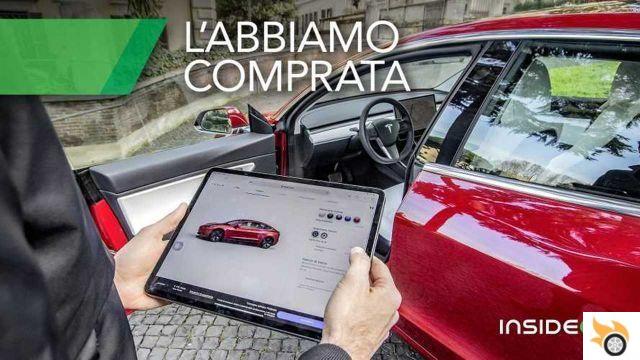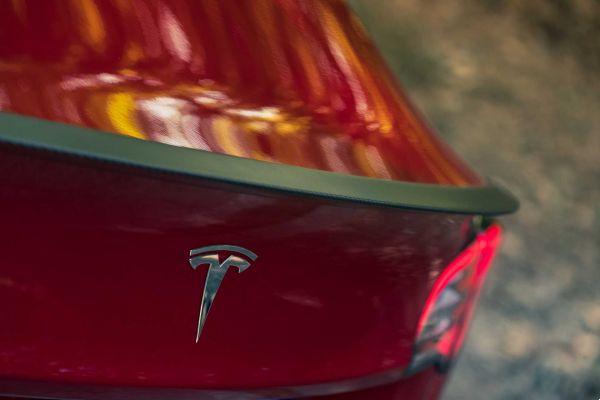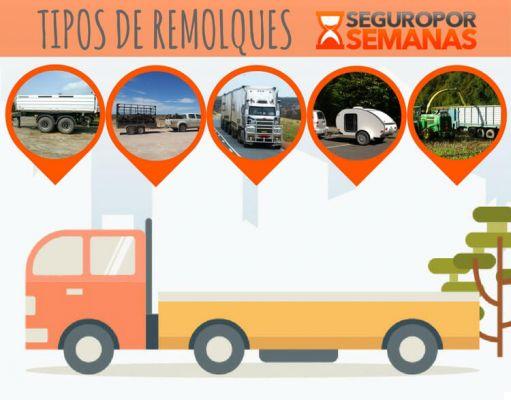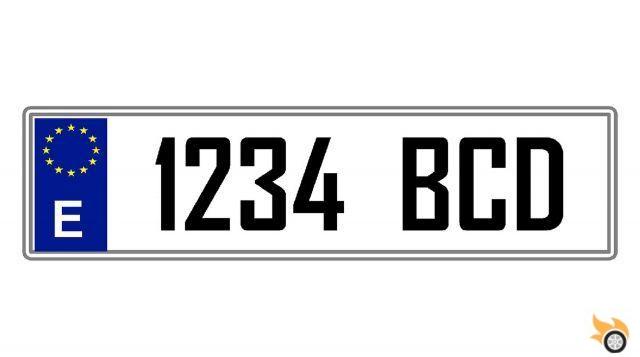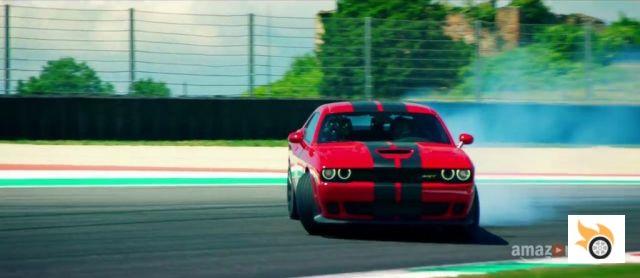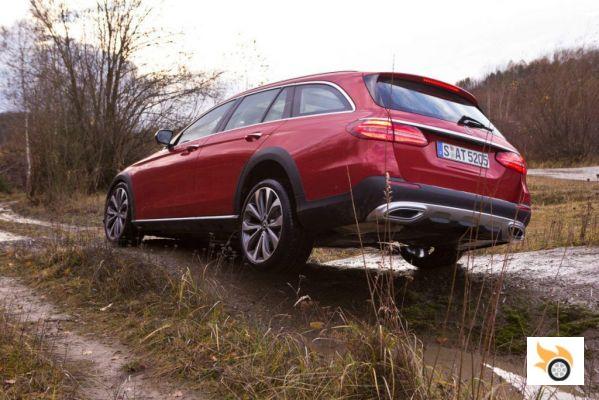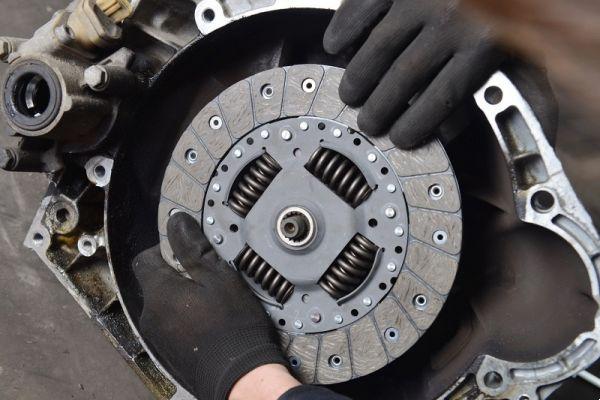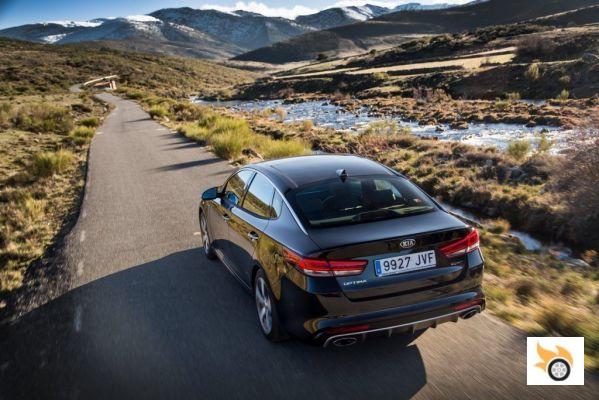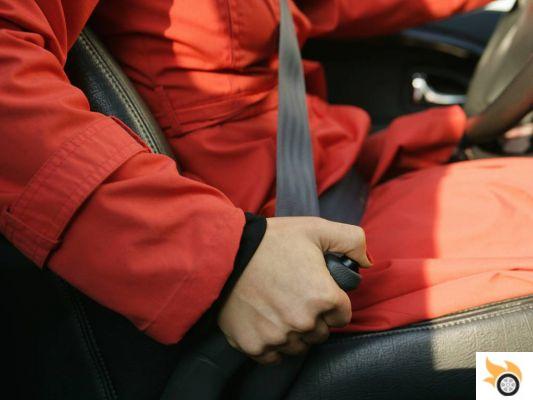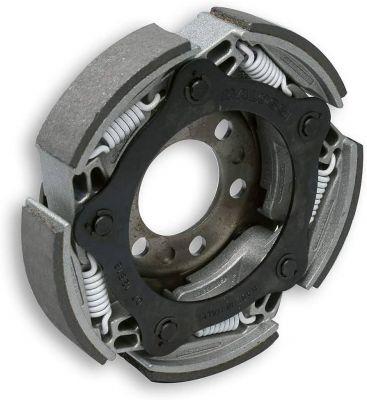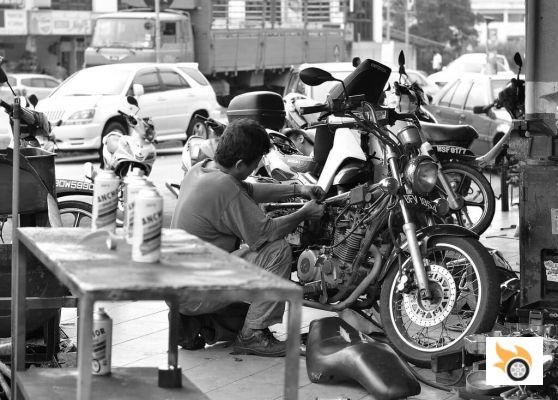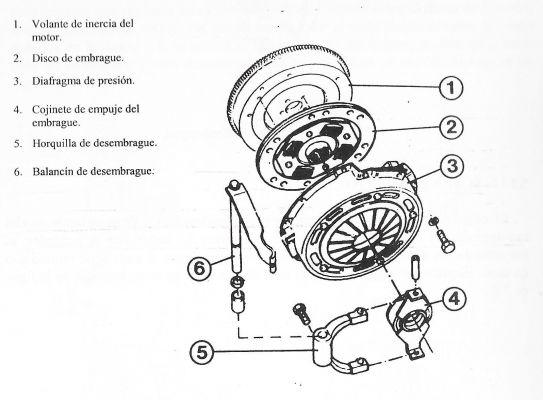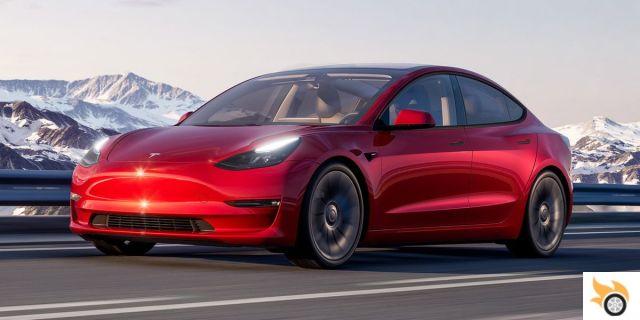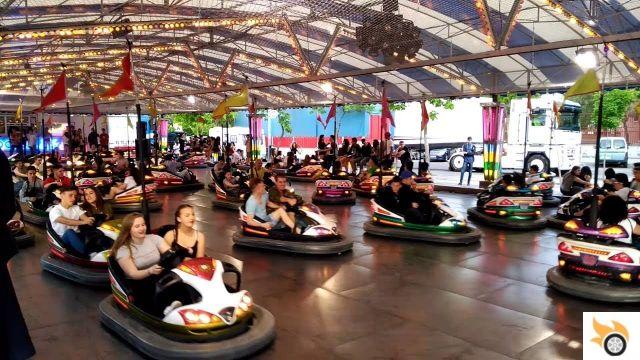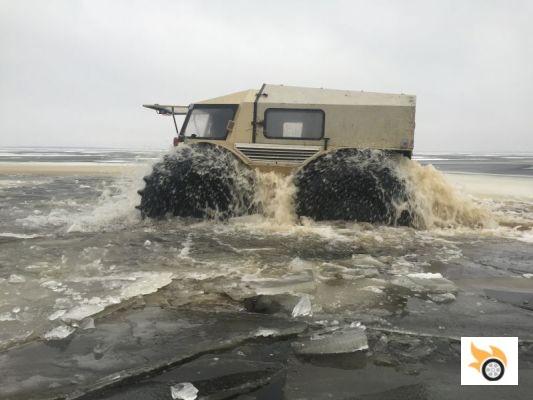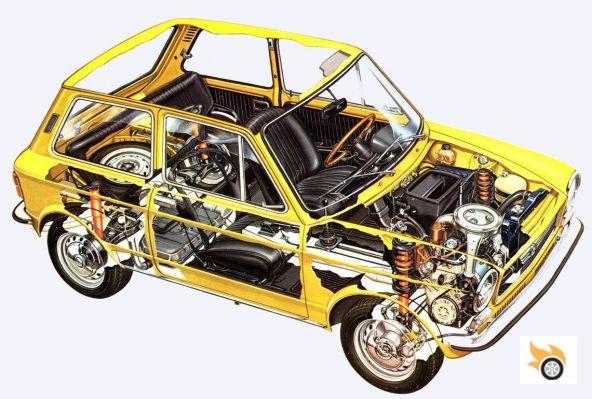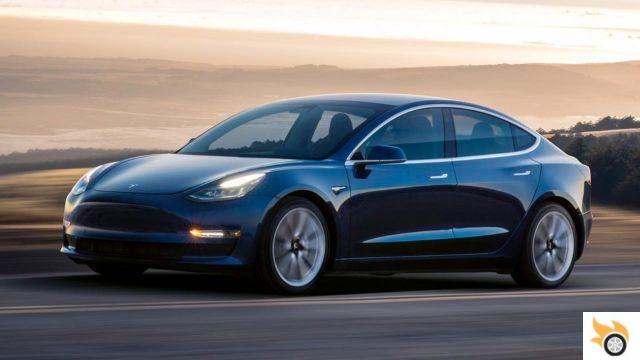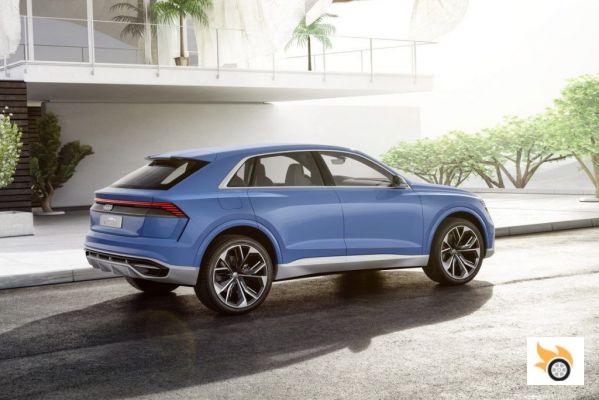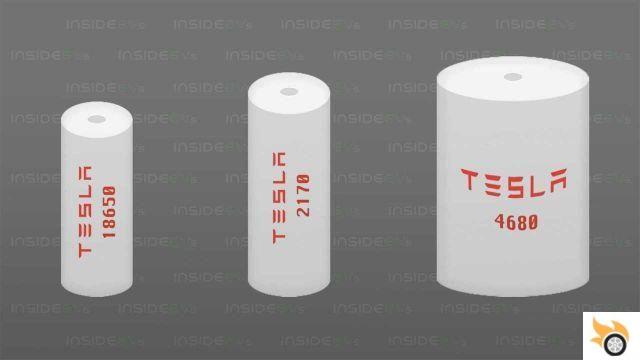
In a confused context like the current one, facing raw materials and not only, how does Tesla keep growing? And how does he find enough batteries for his cars? Many have wondered the secret of Elon Musk and his associates and, looking at the moves of the last 20 years, it can be observed that the key to success is not in a particular battery, but in the method applied to find the right solution for every eventuality.
Tesla has shown that it has a decidedly pragmatic and flexible approach to the market. So let's see how they are in Palo Alto at the beginning and how they have changed over the years.
It all starts with Panasonic
When Tesla presented the first Roadster there weren't many lithium-ion batteries out there to choose from. So the decision to use 18650s (now known as 1865s) was quite accidental. These were cells designed for general uses, including electric vehicles.
18650s were fairly easy to find (although supplied almost exclusively by Panasonic), but they were small and needed many within a module to reach adequate capacity. Also, they had a fairly low energy density. But Tesla continued to use them, working hard on the management software and on temperature control, obtaining initially unthinkable results.

Other manufacturers have preferred to concentrate their efforts on more innovative cells, prism or pouch, but they had to test and evaluate completely new technical solutions to make everything work well. Tesla, on the other hand, has "only" optimized a known technology, which has proved successful both on the aforementioned Roadster and on the Model S and Model X.
From 18650 to 2170
Also produced by Panasonic in Gigafactory 1, that factory in Nevada that Tesla had begun to manage with Panasonic. The plant, to date, has a production of 38-39 GWh all’anno, but it is no longer the only one to be used. In fact, Tesla also has other suppliers who make equivalent products, such as LG Chem (now LG Energy Solution) which produces in China for the Teslas built in Shanghai.

The 4680 Revolution and CATL LFPs
In more recent times, Tesla has also introduced the famous 4680 cells. They are larger (5 times larger than the 2170), have a higher energy density and they are also less expensive to produce. However, they are difficult to make on a large scale and the House is struggling to start full-scale production. Many other companies are doing the same, from LG to Panasonic, via StoreDdot or BAK, who have understood that being the first on the market with such an innovative product can really make a difference.
Meanwhile, for some "basic" versions of Model 3 and Model Y, in order mainly to contain costs, Tesla has chosen batteries with LFP (lithium, iron, phosphate) cells. They are of the prismatic type and are manufactured by CATL.
- 1865: have a diameter of 18 mm and a height of 65 mm. Fitted by Roadster, Model S and Model X
- 2170: have a diameter of 21 mm and a height of 70 mm. Fitted by Model 3 and Model Y
- 4680: have a diameter of 46 mm and a height of 80 mm. Fitted by Model Y Made in Texas and in the future on Model Y Made in Germany as well as on upcoming models
- Prismatic LFP: fitted to entry level Model 3 and Model Y

To each its own chemistry
Tesla also has three different types of chemistry for its lithium-ion batteries. They all change at the cathode level and have evolved over the years.
- NCM (nickel-cobalt-manganese)
- NCA (nickel-cobalt aluminum)
- LFP (lithium-iron-phosphate)
The first two have a higher energy density, the third sacrifices something in terms of pure performance but guarantees substantial savings in terms of costs, as it does not contain cobalt.
Tesla, not happy with what has been achieved so far, said in its Impact Report that it will continue to diversify the strategy on battery chemistry to arrive at solutions optimized for different types of cars and different market segments.
Furthermore, the same House continues to increase the nickel content and to lower the percentage of cobalt in order to reduce costs and increase energy density.

All Tesla suppliers
For a long time Tesla relied exclusively on Panasonic, which produced 18650 and 2170 cells. Over time – and as demand increased – Elon Musk and associates also turned to LG Energy Solutions, which produces 2170 cells with NMC chemistry and to CATL, for the aforementioned LFPs. Furthermore, he also produces in the first person.
- Panasonic:
1865 NCA made in Japan. Fitted to Model S and Model X
2170 NCA produced in USA (Gigafactory 1). Fitted to Model 3 and Model Y made in Fremont - LG Energy Solutions:
2170 NCM made in China. Fitted to Model 3 and Model Y made in Shanghai and Model Y made in Germany - CATL:
Prismatic LFP made in China. Fitted to entry level Model 3 and Model Y produced everywhere - Tesla:
4680 made in Fremont and Austin: Fitted on the Model Y made in Texas
About Tesla




